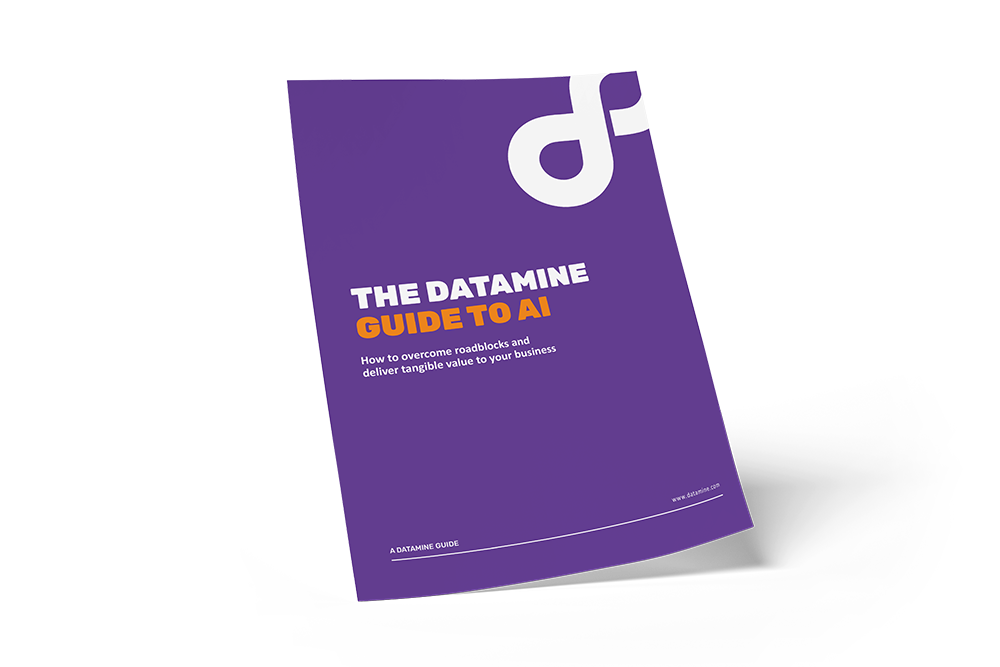Forecasting future costs for a public sector organisation
New Zealand’s Department of Corrections runs prisons and other facilities across the country. When prisons have to operate over capacity, more staff are needed for tasks like finding temporary accommodation or coordinating transfers. The department had been using staff overtime to cover these events, but this was an expensive solution that made it difficult to set budgets ahead of time. When Corrections wanted a new way to manage staffing levels and a business case for extra funding, it approached Datamine for help.
The solution:
Datamine developed a data-driven model that combined payroll data, hours worked, inmate numbers and facility capacities, along with Ministry of Justice forecast data. We worked with Corrections to turn these insights into a sound business case that outlined predicted prisoner numbers and associated staffing costs, and a forecasting tool that could be used to plan staffing levels.
The result:
Our analysis showed that staffing costs increased significantly when prisoner occupancy rose. When occupancy was below 99%, costs were less than $380 per prisoner per week, but it increased to $420 when occupancy went over 102%. This meant a 3% increase in prisoner numbers equated to a $13% rise in staff costs. This insight allowed a clear case to be put forward to Treasury.
Using historical prisoner and staffing data, Datamine also built a simple forecasting tool for the Corrections Operational team. This application gives the team a six-month forecast of expected prisoner numbers and staffing needs, which helps them roster the right number of staff ahead of time, minimising the use of overtime.









